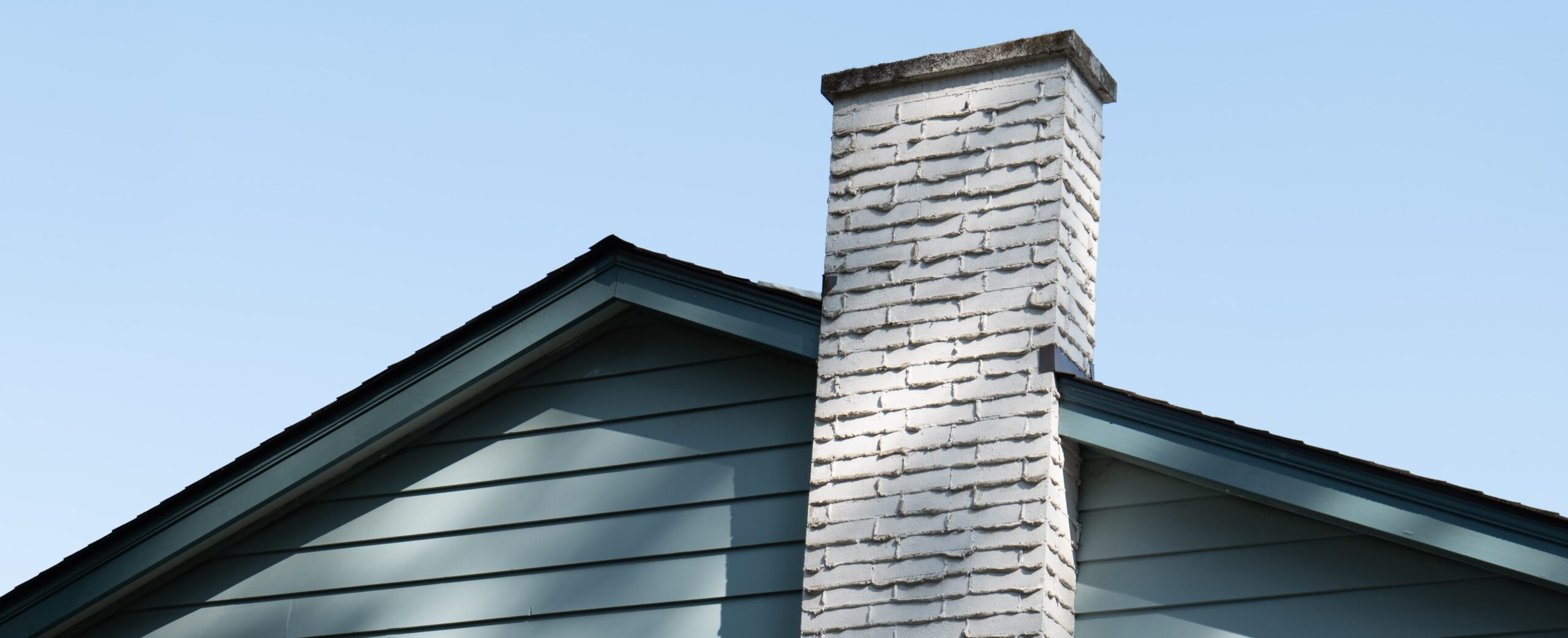As we hit mid-winter, you may have considered holding off on that chimney maintenance until slightly warmer weather arrives. But before you sit back and get cozy in front of the fireplace, it’s worth ensuring you’ve followed the proper steps to prepare your chimney for the winter.
Time for a chimney inspection?
If you don’t quite know how to respond, scheduling an inspection is the first step you can take in preparing your chimney for the winter.
Per the National Fire Protection Association, annual chimney inspections succeed in preventing dangerous soot or creosote buildup. Without an inspection, the potential buildup of these flammable chemical compounds could enable a fire to start and spread.
While springtime reigns popular for inspections, the fall and winter months are some of the most important for regular chimney maintenance, as that’s when your fireplace is most used. And if you haven’t already, check out for warning signs that it’s time to replace your chimney. Leaving an already damaged chimney to the winter elements is not a good idea, as that puts your home at risk for fires, collapse, or costly repairs.
Home heating should be a source of comfort, not a hazard. Call Ray Arnold Masonry & General Contracting for a free estimate and talk to an expert today.
Winter’s effects on your chimney
As seasons come and go, they undoubtedly have a lasting effect on your chimney, both directly and indirectly. Understanding the elevated risk that winter weather brings will best prepare you for mitigating damage before it strikes.
Pests
As temperatures drop, animals are constantly looking for ways to escape the harsh weather. Your chimney can be a prime entrance and hiding place for squirrels, raccoons, birds, bats, or rodents. If you hear rustling or scratching, this could be a sign they’ve made themselves comfortable.
Given that these animals can be carriers of disease, regular inspection as well as installation of a chimney cap are two preventative measures work taking.
Water damage
Your home’s brick and mortar see every kind of precipitation—rain, sleet, snow, hail—all in all, that’s a considerable amount of water and moisture. While built to last, masonry is still susceptible to wear and tear, especially given how porous brick is. If your chimney’s materials absorb water, the constant freezing and dethawing can lead to cracks and crumbles without you even knowing.
Furthermore, when water or moisture combines with creosote, it can emit a foul odor that permeates your home. But it also furthers the dangerous tar buildup on your chimney’s flue, thereby narrowing the passageway and decreasing ventilation. The more you use your fireplace, the more smoke produces creosote, making winter weather the perfect catalyst for a chimney fire. Fortunately, waterproofing techniques can help mitigate these risks, as can our full waterproofing services.
Poor ventilation
With the onset of snow and ice, water damage and leaks aren’t the only concern. Ventilation blockage can occur, as can gaps in your chimney’s flue.
When precipitation freezes, or following high volumes of snow, chimney and vent air flow can become limited. If not properly cleared, lighting a fire may result in dangerous levels of carbon monoxide, indicated by headaches, nausea, and dizziness. Carbon monoxide is life-threatening, and if you suspect your chimney isn’t ventilating properly, stop the use of your fireplace and call us to schedule an inspection.
Cold air circulation
It kind of defeats the purpose of having a fireplace when cold drafts blow through your home, and a higher energy bill is just an extra nuisance. Your chimney’s damper is likely to blame, as it might be broken, rusted, or prevented from closing all the way due to creosote buildup.
How to prepare your chimney
What you burn matters
Now that we know the dangers creosote poses, it’s important to burn wood that is seasoned and dense. Additionally, you should only burn split wood that’s been stored away in a dry place for a minimum of six months, as damp wood produces more smoke than heat.
Hardwoods to consider burning are oak, maple, birch, ash, and any wood from a fruit free. Try to avoid softwoods, like pine, and do not burn wood with vines as that can release toxins into your home.
Chimney cleaning & inspection
Ultimately, the best step you can take to prepare your chimney for the winter is to schedule a cleaning and inspection.
During the cleaning process, the technician will perform a chimney sweep to clear away all soot. A chimney sweep will effectively remove all toxins from the flue, damper, and chamber within a span of a few hours. It is mess-free, as the right technician will cover exposed areas of your home during the soot release, leaving no trace.
Now when it comes to your annual inspection, an expert will examine your chimney not only for cracks and damage, but also for the buildup of creosote. Moreover, they will ensure your chimney cap and mortar cap are cleared to protect your chimney and home in the face of adverse weather.
Ray Arnold Masonry & General Contracting offers the best chimney services in Ohio. Call us today and schedule your free inspection.

